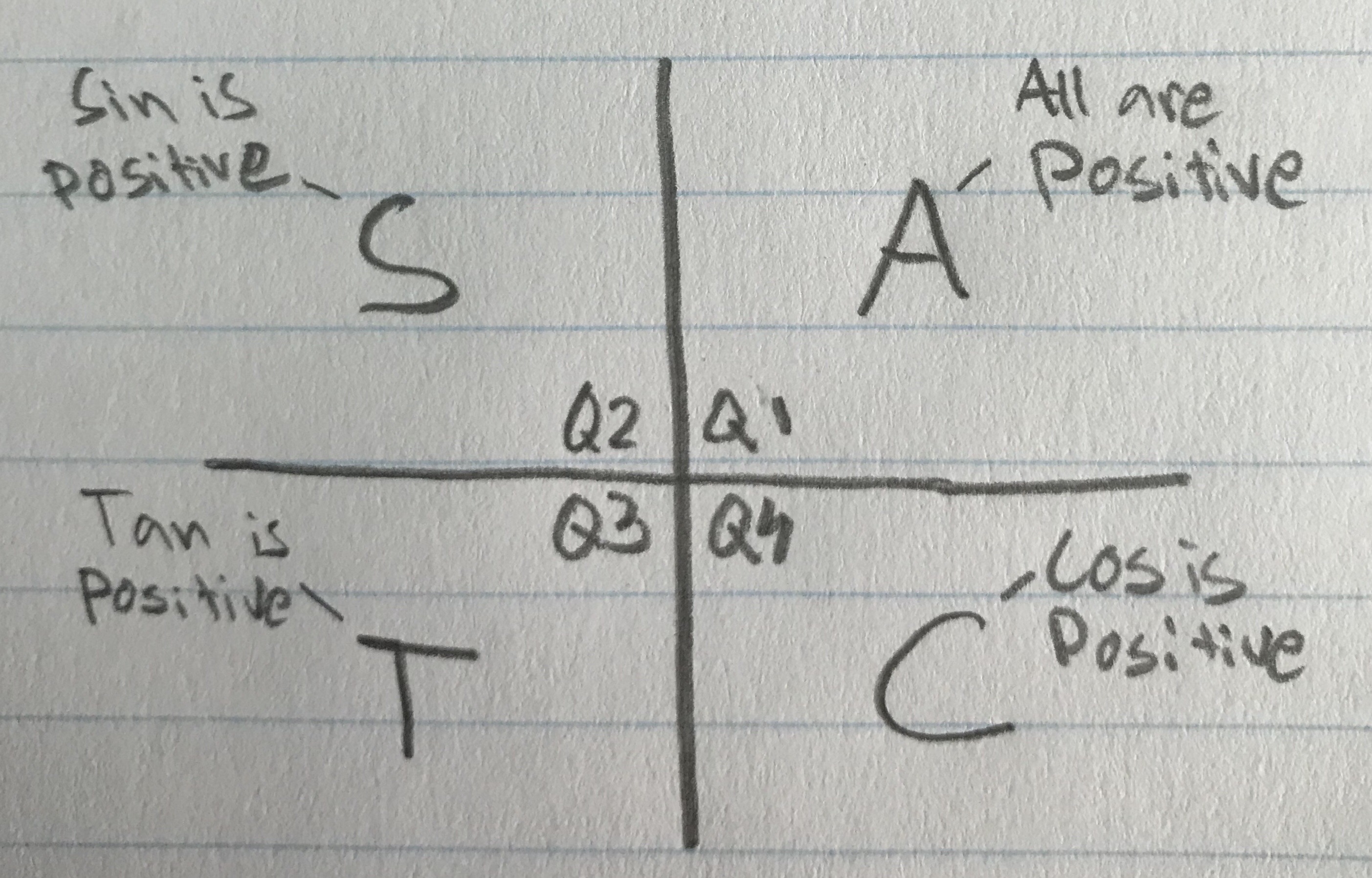The following shows my understanding of a monologue, this is a monologue I wrote for Willy Loman from Death of a Salesman.
This is a monologue because Willy is having a long, uninterrupted conversation with another person in which he is revealing something about himself.
This monologue would fit in the current plot if Willy was to apply for financial aid.
Willy:
“I am in my 60s. I work as a traveling salesmen, and I have a loving wife who is very supportive and has lots of empathy for me. I value people-skills and wish to be well liked. I have very high hopes for my two sons, Happy and Biff. Happy is successful, but Biff cannot find his place in the world and he is not living up to my expectations, which makes me ashamed of him. Lately, my job has been taking a huge toll on my mental health. I am no longer able to financially provide for my family and I must ask my neighbour for financial support. My neighbour has been offering me a job at his business, but my pride forces me to decline his offer every time.”







